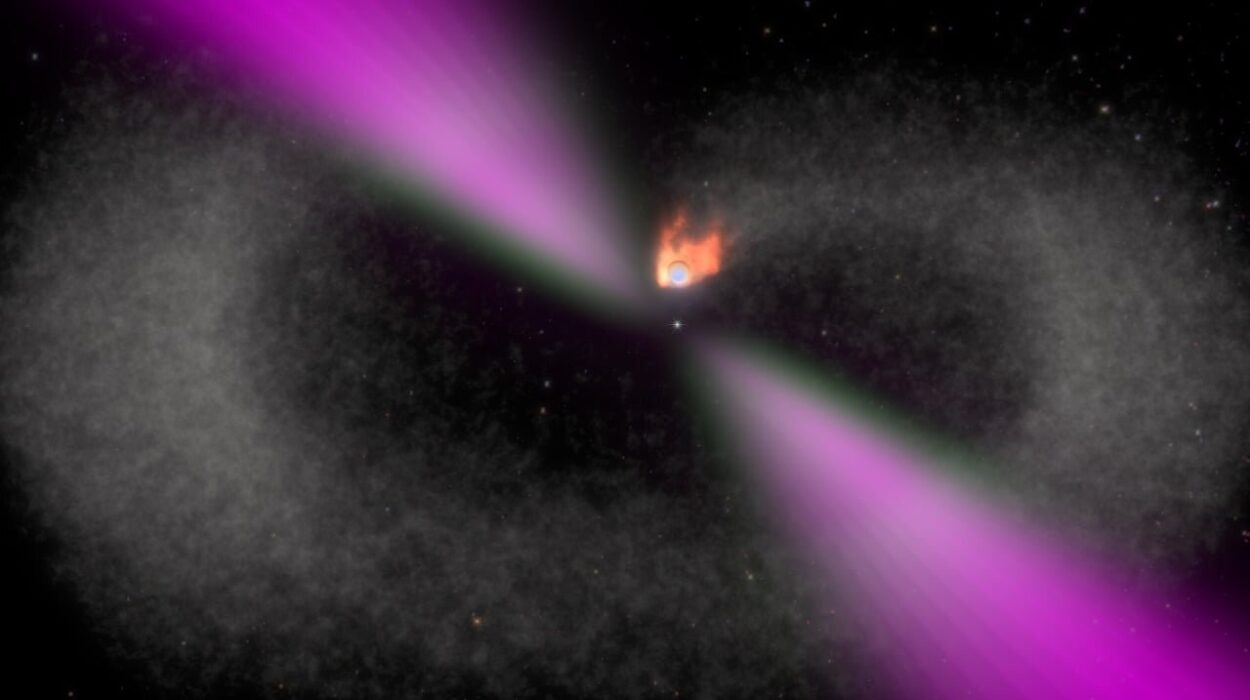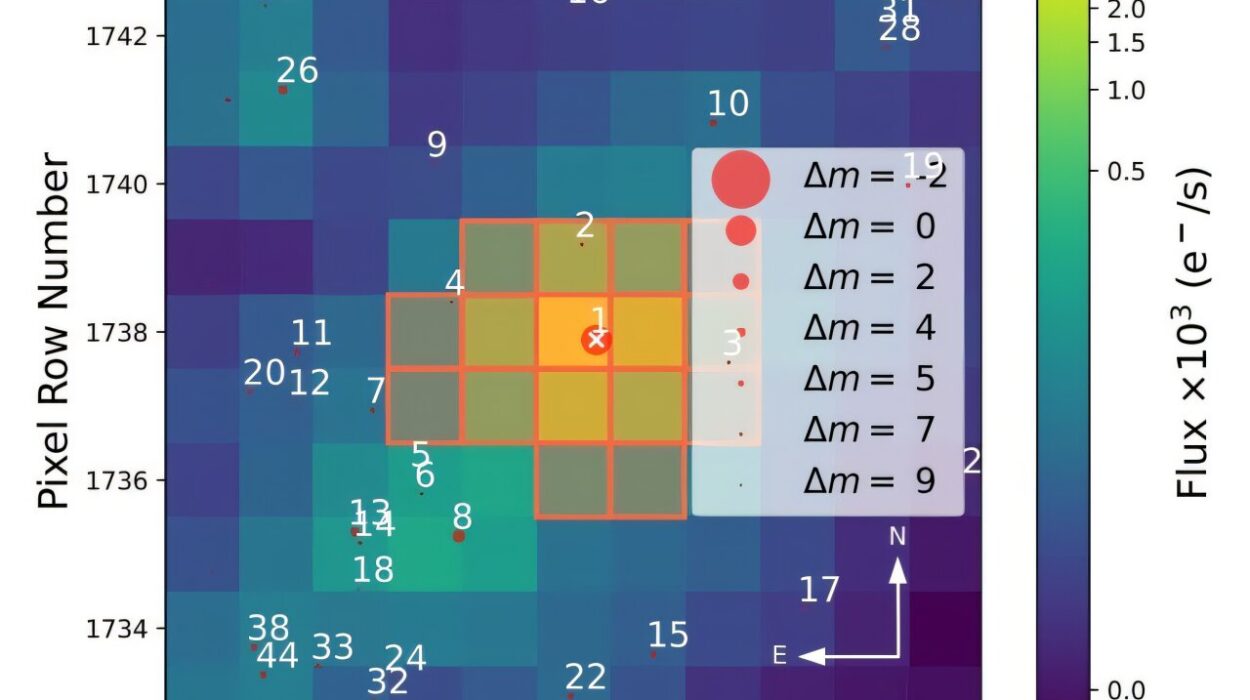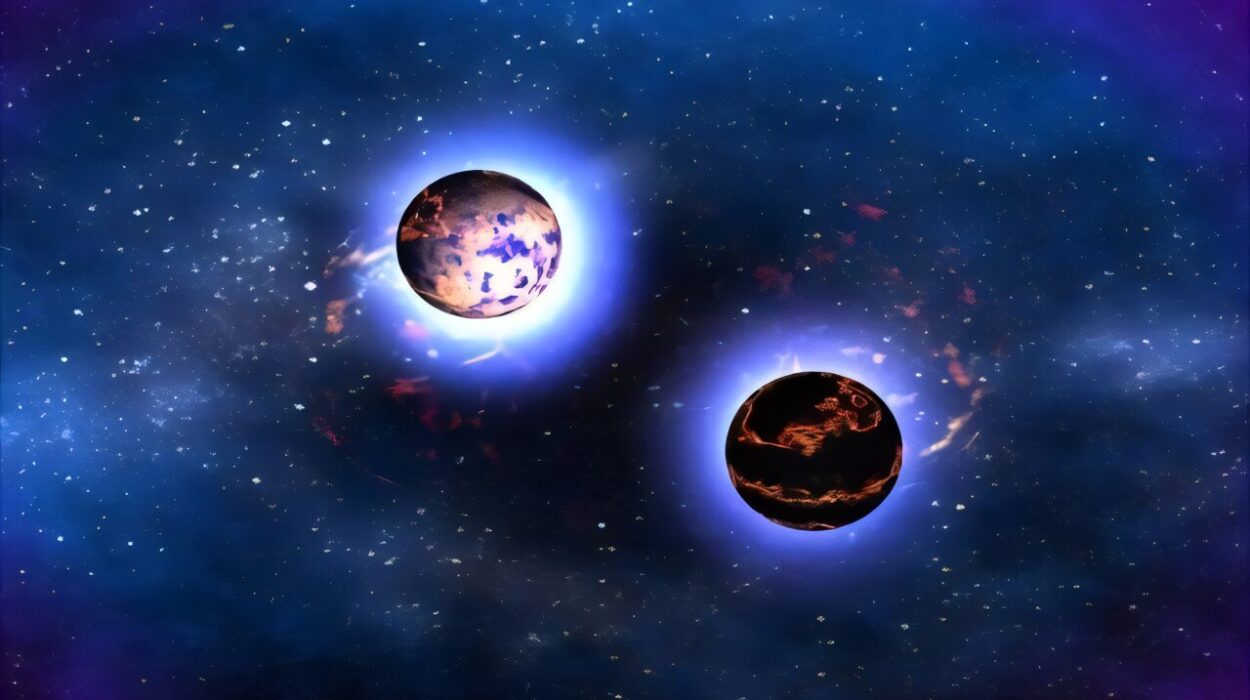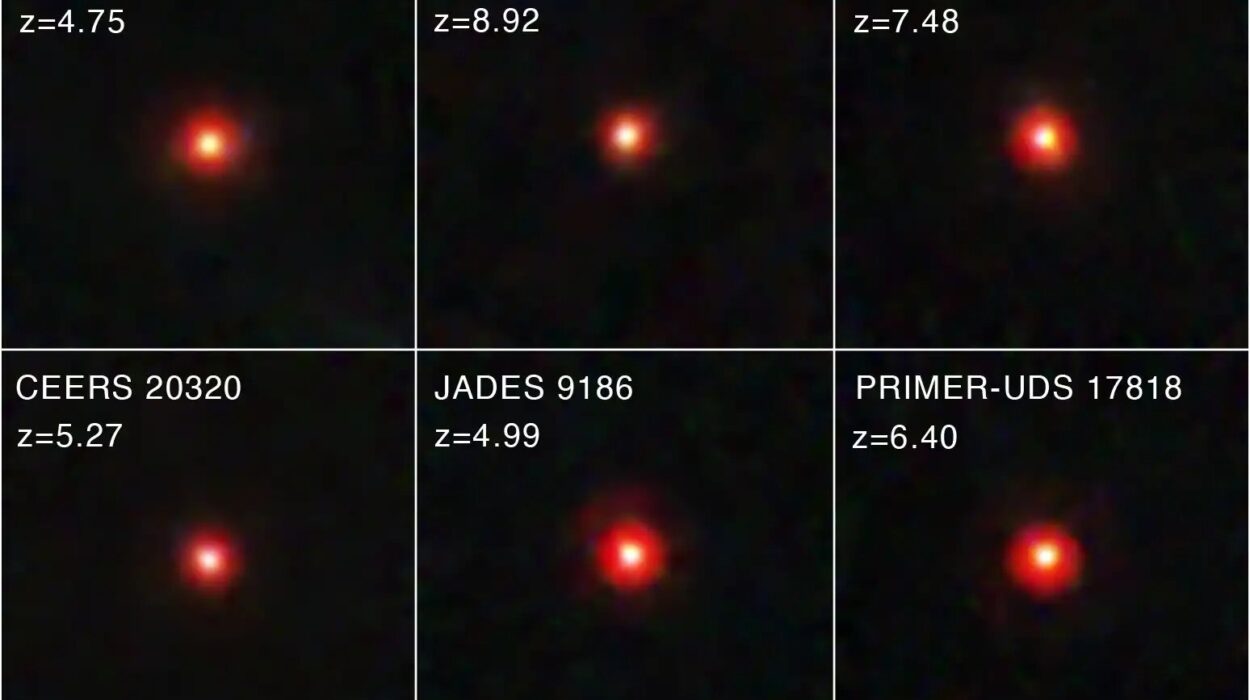High above the shifting sands of Earth’s deserts, a silent traveler once crossed the void—a fragment of the Moon, flung into space by a violent collision, wandering alone for eons before plunging through Earth’s atmosphere. It fell unseen onto African soil, waiting in silence for over two billion years until, at last, human hands discovered it.
In 2023, that extraordinary stone—now known as Northwest Africa 16286—was found in Africa’s deserts. And as scientists are now revealing, it carries secrets that may transform our understanding of the Moon’s fiery past.
At the prestigious Goldschmidt Conference in Prague, Dr. Joshua Snape of the University of Manchester unveiled the findings that have the planetary science community abuzz: this humble-looking meteorite fills an almost billion-year blank spot in the Moon’s volcanic history. And it hints that our lunar companion remained geologically alive far longer than many had dared to believe.
A Billion-Year Mystery on the Moon
The Moon has always been more than a pale ornament in Earth’s night sky. Beneath its serene surface lies a dramatic geological history: seas of ancient lava, titanic impacts, and a slow cooling from the fiery chaos of its birth.
Much of what we know comes from the heroic missions of the 20th and 21st centuries—Apollo astronauts bringing home precious rocks, robotic explorers like China’s Chang’e missions scooping up dust and regolith. Yet these samples come from a handful of landing sites. Vast lunar territories remain untouched, their secrets hidden beneath regolith and rock.
In that sparse archive, a particular era stood shrouded in darkness. Between about 3 billion and 2 billion years ago, evidence of volcanic activity on the Moon grows scarce. What was happening during that billion-year stretch? Was the Moon’s interior already silent, its volcanic heart extinguished? Or did molten rock still push its way to the surface in secret flows of lava?
This meteorite may finally provide an answer.
A Rock Unlike Any Other
When scientists examined Northwest Africa 16286, they quickly realized it was no ordinary lunar sample.
“The age of the sample is especially interesting because it fills an almost billion-year gap in lunar volcanic history,” Dr. Snape explained during his presentation. “It’s younger than the basalts collected by the Apollo, Luna and Chang’e 6 missions, but older than the much younger rocks brought back by China’s Chang’e 5 mission.”
Using lead isotope analysis—a technique akin to reading the radioactive clock locked within minerals—Snape and his team determined that the rock solidified around 2.35 billion years ago, give or take 80 million years. That date makes it the youngest basaltic lunar meteorite ever discovered on Earth.
And it’s not just the age that has scientists intrigued.
Under the microscope, Northwest Africa 16286 reveals large green crystals of olivine, a mineral forged in the high heat of magma. It’s a type of rock called olivine-phyric basalt—volcanic in origin, born from molten rock welling up from the Moon’s interior. Its chemistry tells an even richer story.
The rock holds moderate levels of titanium and notably high levels of potassium. Most strikingly, its lead isotopic fingerprint indicates it came from a region deep within the Moon that has an unusually high uranium-to-lead ratio—a clue that radiogenic heat may have kept the Moon’s interior simmering long after it should have cooled.
Heat from the Moon’s Heart
In planetary science, few questions are more tantalizing than what keeps a world alive from the inside.
Planets and moons generate internal heat in several ways: from the leftover energy of their formation, from tidal flexing caused by gravitational pulls, and from the radioactive decay of elements like uranium, thorium, and potassium. Over billions of years, these heat sources fade, and planetary interiors solidify. Volcanism dies. Worlds fall silent.
Yet the Moon’s story seems more complicated.
“Volcanic activity continued on the Moon throughout this timespan,” said Dr. Snape. “Our analysis suggests an ongoing heat generation process within the Moon, potentially from radiogenic elements decaying and producing heat over a long period.”
The unique isotopic composition of Northwest Africa 16286 suggests pockets of the Moon’s interior remained hotter for longer than previously believed. These areas may have acted as hidden furnaces, sustaining lava flows that periodically breached the lunar crust—even as most of the Moon grew cold and rigid.
Such findings deepen scientists’ understanding of the Moon’s inner workings and may help explain other lunar mysteries, like unexpected heat signatures detected by lunar orbiters.
A Gift from a Violent Past
The rock’s path from lunar depths to an African desert is the stuff of cosmic violence.
Billions of years ago, lava oozed onto the Moon’s surface and cooled into solid basalt. Much later, a massive impact—likely an asteroid slamming into the lunar crust—shattered the rock, melting pockets of it into glassy veins and fractures. Eventually, another catastrophic collision hurled fragments of the Moon into space.
For countless ages, Northwest Africa 16286 drifted alone between worlds, a tiny emissary of the Moon’s hidden past. At last, gravity pulled it toward Earth, where it blazed across the sky and landed unseen in the sands of Africa.
Its terrestrial discovery in 2023 was nothing short of serendipity. Unlike mission-returned samples, which come from carefully chosen landing zones, meteorites can be flung from any part of the lunar surface.
“Lunar rocks from sample return missions are fantastic in the insights they provide us, but they are limited to the immediate areas surrounding those mission landing sites,” Dr. Snape noted. “By contrast, lunar meteorites can potentially be ejected by impact cratering occurring anywhere on the Moon’s surface.”
This randomness makes meteorites both rare and invaluable. Northwest Africa 16286 weighs just 311 grams, yet it’s one of only 31 officially identified lunar basalts ever found on Earth.
Guiding Future Explorers
Scientists are eager to dig deeper. The rock’s unique geochemistry could help pinpoint the specific region of the Moon from which it originated. If researchers can trace it back to a precise lunar province, it may shape the future of lunar exploration—highlighting where new sample-return missions might go.
“There is much more yet to learn about the Moon’s geological past,” said Dr. Snape. “With further analysis to pinpoint its origin on the surface, this rock will guide where to land future sample return missions.”
Already, the meteorite has sparked discussions about how the Moon managed to stay volcanically active during such a seemingly quiet epoch. The insights could reshape theories not only about the Moon but about how rocky worlds cool and evolve throughout the solar system.
A Lunar Legacy for Humanity
Northwest Africa 16286 is more than just a rock—it’s a time capsule, a silent witness to cosmic forces spanning billions of years. It holds secrets forged in alien magma, sculpted by violent impacts, and carried across space to land unexpectedly in human hands.
In its crystals and veins, it preserves proof that the Moon’s volcanic fires burned longer than we thought. And it reminds us that even in the silent places of the solar system, stories of heat, upheaval, and transformation still wait to be discovered.
From a dusty corner of Africa to the conference halls of Prague, this lunar messenger has traveled far. Yet its journey may be only beginning, guiding humanity’s next steps as we seek to unlock the mysteries of our closest celestial neighbor.






